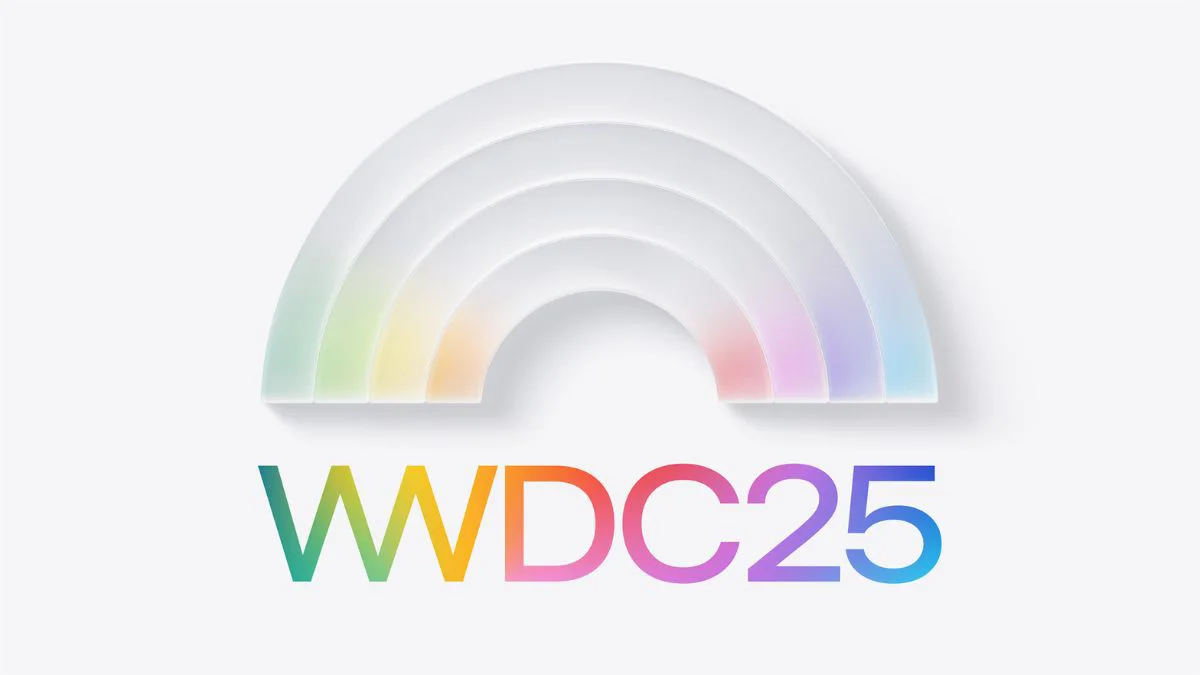Necessary Always Active
Necessary cookies are required to enable the basic features of this site, such as providing secure log-in or adjusting your consent preferences. These cookies do not store any personally identifiable data.
|
||||||
|
||||||
|
||||||
|

Apple’s Worldwide Developers Conference (WWDC) 2025 started on June 9 in Cupertino, California. According to Yahoo Finance, this year’s event focuses on smart and useful updates, rather than big, flashy announcements. Apple is slowly changing how its software works to better support AI features in the future.
At WWDC 2025, Apple announced useful new features like smarter battery settings, real-time language translation for AirPods, and more AI tools for developers. Wall Street investors are paying close attention, hoping these small but important steps will lead to bigger gains in Apple’s AI journey.
One of the biggest changes at this year’s Apple development event is the new look for Apple’s major operating systems, like iOS, iPadOS, and macOS. Bloomberg’s Mark Gurman said these are the most noticeable design changes for iOS since 2013 and the biggest macOS update since 2020. Apple is now borrowing design elements from its Vision Pro headset to create a cleaner and more modern interface.
Icons, menus, and apps will look sleeker, and improved animations and transitions. But these changes aren’t just about looks, they are meant to make it easier for users to interact with new AI features. For example, tapping and holding on to apps will open smart options, and system apps will be redesigned to better work with AI tools.
Apple is also changing the way it names its software. Instead of calling this year’s update iOS 19, it will be called iOS 26, matching the release year. This might not matter much to regular users, but it can help developers stay in sync with the latest version.
Unlike last year, where Apple made bold claims about AI, this year’s updates are more low-key but useful. One feature coming soon is an AI-powered battery manager. It will learn how you use your iPhone and adjust power settings to help the battery last longer. This is part of Apple’s plan to use on-device AI, meaning the AI runs on your phone, not through the internet.
Another new feature is live translation for AirPods, where the tool will let users understand, people speaking in other languages in real time. However, both people in the conversation might need to wear AirPods for it to work well. Apple is also building on its health features, as AirPods Pro already offers hearing aid-like support.
Apple also aims to enable developers to more actively integrate AI into their apps. The company is preparing to open up its AI technology, known as large language models (LLMs), to third-party apps. This would let developers build smarter apps that use AI directly on the iPhone. It’s a big step that could bring more creative AI features to Apple’s devices in the future, without needing cloud services.
In the gaming world, Apple is planning to replace its old Game Center app with a new, improved gaming hub. While Apple’s devices can’t match consoles like PlayStation or Xbox yet, the company leads in mobile gaming thanks to the App Store. A new gaming app could make it easier for users to find and enjoy games all in one place.
Apple is shifting focus from headline-grabbing announcements to building a strong, AI-ready foundation. For developers, this is a sign to start building smarter tools and apps that work directly on Apple devices.